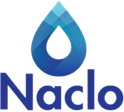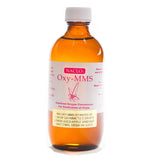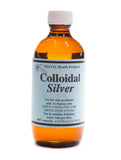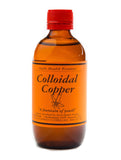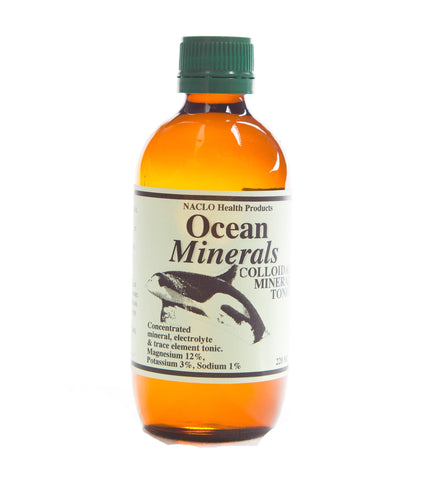
Ocean Mineral Tonic Natural Ocean Essential Mineral Supplement
• Reverse Ear Infections
• Heal Skin Irritations
• Fight The Common Cold
• Bring Back Your Voice
• Helping Urinary Tract Infections
• Boost Your Immune System
• Keep Your Dentist Happy
• Cleaning Vegetables
• On a cellular level, minerals play a role in many activities, too numerous to list here. Calcium, magnesium and potassium and others work both together and against each other in exciting and relaxing nerve and muscle tissue.
• Hormonal secretion of glands is dependent upon mineral stimulation. Each endocrine gland of the human body requires a minimal daily supply of specific minerals in order to sustain perfect hormonal balance in the body.
• Adequate mineral levels, in particular magnesium, are essential in the regulation of neurotransmitters.
• A number of minerals, and not just calcium, are essential in building strong bones. These include magnesium and phosphorus, and as such, magnesium deficiency has been implicated in osteoporosis.
• All elements work together as a collective whole, and a deficiency of one can partly disrupt the assimilation, uptake and functions of other materials and vitamins.
• Among the trace elements, Copper, Chromium, Lithium, Vanadium, Molybdenum, and several others have been shown to be essential. Trace elements are generally overlooked in nutrition, mostly because they have subtle effects that are not easily understood or studied. However, there is limited information (very few studies have been done) suggesting that others may be of benefit.
|
ELEMENT |
CONCENTRATION |
ELEMENT |
CONCENTRATION |
|
Calcium |
668ppm |
Colbalt (CO) |
34ppb |
|
Magnesium (Mg) |
120,000ppm |
Cesium (Cs) |
34ppb |
|
Sulpher (S) |
20,000ppm |
Cerium (Ce) |
34ppb |
|
Phophorus (P) |
7ppm |
Yttrium (Y) |
17ppb |
|
Potassium (K) |
30,000ppm |
Silver (Ag) |
17ppb |
|
Sodium (Na) |
16,900ppm |
Lampthanum (La) |
17ppb |
|
Bromine (Br) |
5140pprn |
Krypton (Kr) |
17ppb |
|
Carbon (C) |
2220ppm |
Neon (Ne) |
8ppb |
|
Strontium (Sr) |
640ppm |
Cadmium (Cd) |
8ppb |
|
Boron (B) |
390ppm |
Tungsten (W) |
8ppb |
|
Silicon (Si) |
235ppm |
Xenon (Xe) |
8ppb |
|
Florine (F) |
4ppm |
Geranium (Ge) |
5ppb |
|
Argos (Ar) |
47ppm |
Chromium (Cr) |
3ppb |
|
Lithium (Li) |
13400ppb |
Thorium (Th) |
3ppb |
|
Rubidium (Rb) |
9580ppb |
Scandium (Sc) |
3ppb |
|
Iodine (I) |
4700ppb |
Lead (Pb) |
2ppb |
|
Barium (Ba) |
2350ppb |
Mercury (Hg) |
2ppb |
|
Indium (I) |
1580ppb |
Gallium (Ga) |
2ppb |
|
Zinc (Zn) |
790ppb |
Bismuth |
2ppb |
|
Iron (Fe) |
790ppb |
Niobium (Nt) |
1ppb |
|
Aluminium (Al) |
790ppb |
Thallium (T1) |
1ppb |
|
Molybdenum (Mo) |
790ppb |
Hellium (He) |
0.6ppb |
|
Selenium (Se) |
320ppb |
Gold (Au) |
0.4ppb |
|
Copper (Cu) |
235ppb |
Tin (Sn) |
235ppb |
|
Uranium (U) |
235ppb |
Arsenic (As) |
235ppb |
|
Vanadium (V) |
150ppb |
Nickel (NT) |
150ppb |
|
Titanium (TI) |
85ppb |
Manganese (Mn) |
150ppb |
|
Antimony (Sb) |
34ppb |
|
|
ppm = parts per million |
ppb = parts per billion |
We Also Recommend
